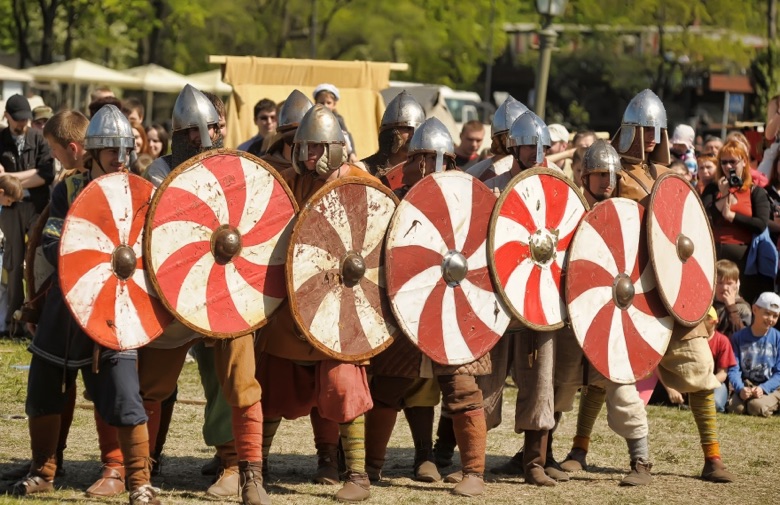
One of the things Norway is most famous for is the Vikings. Come with us as we tour the country to find out more.
While the Vikings had settlements all over Scandinavia, throughout Europe and the wider world, Norway is often in focus when we talk about Vikings today.
The Viking Age
The Viking Age was a period of expansion not just for Norway, but for all of Scandinavia. Despite their reputation, the Norsemen weren’t just barbaric, axe-wielding invaders.
The Vikings also created complex social institutions, oversaw the coming of Christianity to Scandinavia, and left their mark on European history through trade, colonization, and exploration.
The general estimate for the dates that Vikings ruled in Norway is from around 800 to 1066.
It can be assumed that Viking culture was around for some time before this, as the first documented Viking raid on England marks the starting date we use now. The devastating raid on Lindisfarne alerted much of Europe to what was to come.
The Viking Kingdoms in Norway
For much of the 9th century, Norway was made up of small kingdoms, holds, and individual properties.
It is estimated that there were around nine minor kingdoms that occupied much of the Viking territory. The records of this time are unclear, so there are no names to identify the rulers or their kingdoms.
Read more: What does the word ‘Viking' really mean?
At the end of the century, the largest chieftains began a long period of civil war, with each looking to increase the size of their holds, until Harald Fairhair came along and was able to unite the country (by battling or bribing anyone who opposed him), creating the first Norwegian state. In that process, he became the King.
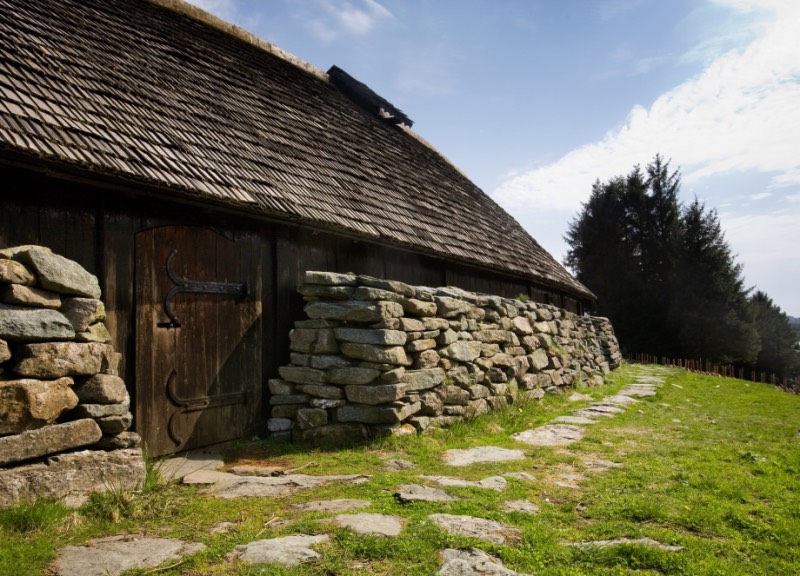
At the end of his reign, Norway was divided amongst the sons and kinsmen of Harald Fairhair, which eventually fragmented the unified state he had fought to create.
This division continued for nearly another century until Olav Tryggvason, followed by Olav Haraldsson, entered into the picture and fought again to unify Norway under one King and one God.
Where were the Vikings?
Vikings relied heavily on the oceans. Much of the population lived in coastal areas to farm and fish. Because of this, there were very few cities or large towns until much later in the Viking Age.
The largest centre of population at the time was at Skiringssal, located in what is now Huseby, which was home to around 500 Norsemen. It is believed now that this area was a sacred place to the Vikings and also was a centre of trade in Norway and throughout Europe.
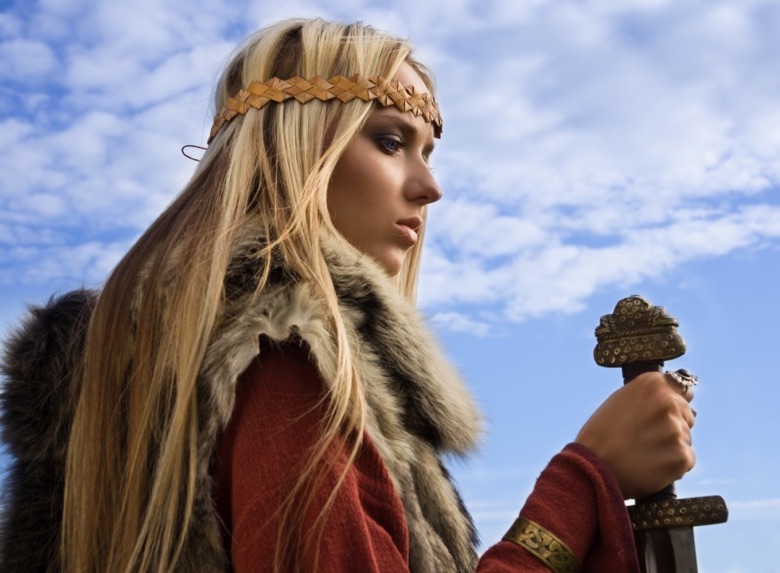
Because of the lack of farming space on the western coast of Norway, the Vikings were obliged to set sail for new lands to find better soil. While the basis of many Viking raids was to plunder, they often had the motivation to set up colonies and kingdoms in which they could farm.
Christianity comes to Norway
Christianity began its rise in Norway after Viking settlers brought back the religion from their lands in England and other colonies throughout Europe.
Often times Norsemen took on the religion as a farce, meant only to appease the Englishmen so they would allow them to settle and farm in their lands.
Eventually, the religion started to take root in Norway and several warlords, jarls, and kings worked to make it the only religion in Scandinavia. Those who propagated the pagan Norse gods were harassed or even killed.
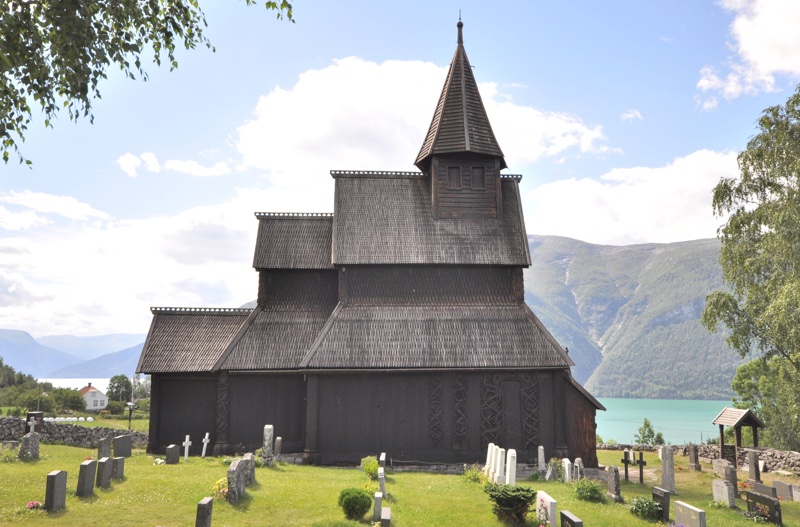
Two names are credited above the rest for bringing Christianity to Norway: Olav Tryggvason and Olav Haraldsson. Historians and researchers have debated their personal influence on the matter, but in Norwegian folklore, they are two of the biggest players in the game of Gods.
Olav Tryggvason
Not much is known as to the origins of Olav Tryggvason. The first reliable information about him as a leader comes from England in the year 991, where mentions of Olav are recorded collecting tribute from King Ethelred II.
When a few years later he returned to England with the Danish king, Svend TveskægIt is told that Olav converted to the Christian faith and was baptized.
By participating in these Viking raids in England, Olav amassed both great wealth and an impressive army. While lounging somewhere in what is today the United Kingdom, he grew restless and wished to use this army to lay claim on land in Norway.
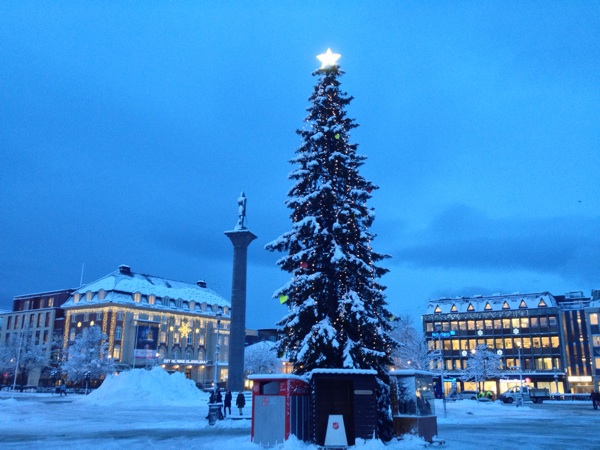
He quickly decided to set sail, heading straight for the middle of Norway to take part in the uprising of the man in charge of the region: Earl Håkon. Following the murder of Håkon by his slave Kark, Olav was ‘voted’ to be king.
Read more: Popular Viking names
Olav Tryggvason was determined to introduce his newfound Christian faith in his lands. In Viken, the lands to the south he took over, this undertaking was successful; Christianity was accepted and formally adopted by the local government. However, further north in Trøndelag and Hålogaland, Olav was met with obstinate opposition.
Christianity didn’t stop Olav from living a typical Viking life. On the return voyage from one particular journey to central Europe, Olav was intercepted by a massive fleet of ships that included the Danish fleet, ships of the Swedish king, and those of Earl Håkon's vengeful sons Svein and Eirik.
During the ensuing battle, Olav Tryggvason was killed (though this is a matter of some debate) in the ensuing battle just off the southern coast of Sweden.
Olav Haraldsson
Born the son of a king in south-eastern Norway and the great-great-grandson of Norway’s first king: Herald Fairhair, Olav couldn’t wait to become a true Viking. He set out on his first expeditions and raids at an early age.
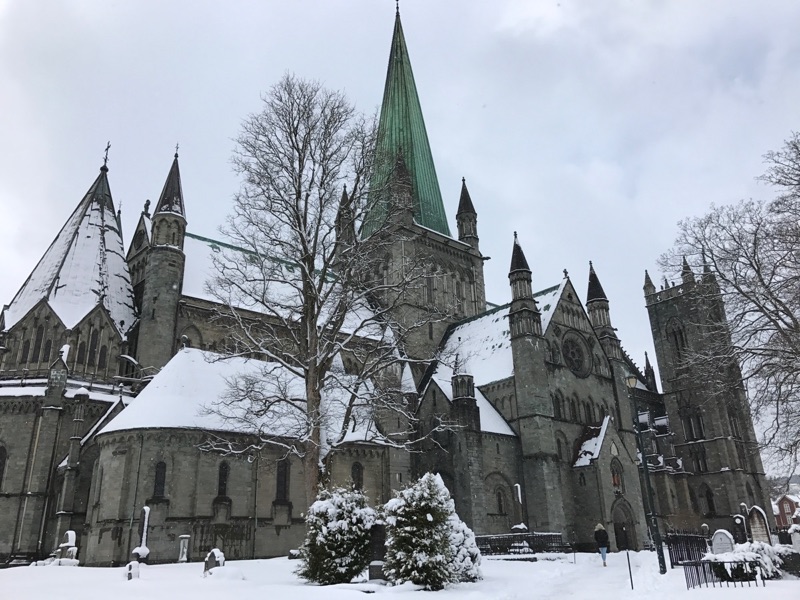
Olav spent his teenage and early adult years sailing around and pillaging northern Europe. However it wasn’t long until he felt the call of his ancestors. Following the path his great-great-grandfather took, Olav worked to unite Norway once again.
As soon as he returned to his home country he gained the approval of the petty kings or destroyed them in battle. Within a few years, he was the primary ruler of Norway and with this position made peace with the King of Sweden.
The good times didn’t last for Olav, however. Eventually, he was defeated in battle and all the support he had gained quickly turned to discontent. He was exiled from Norway and the Danish King usurped his position in Norway.
As soon as he sensed weakness in the Danish control of Norway he pounced and began fighting to regain the throne. But again he was defeated, this time at the Battle of Stiklestad.
One year after his death the Catholic emissary of Norway named him a saint for his work trying to unify the country and spread Christianity.
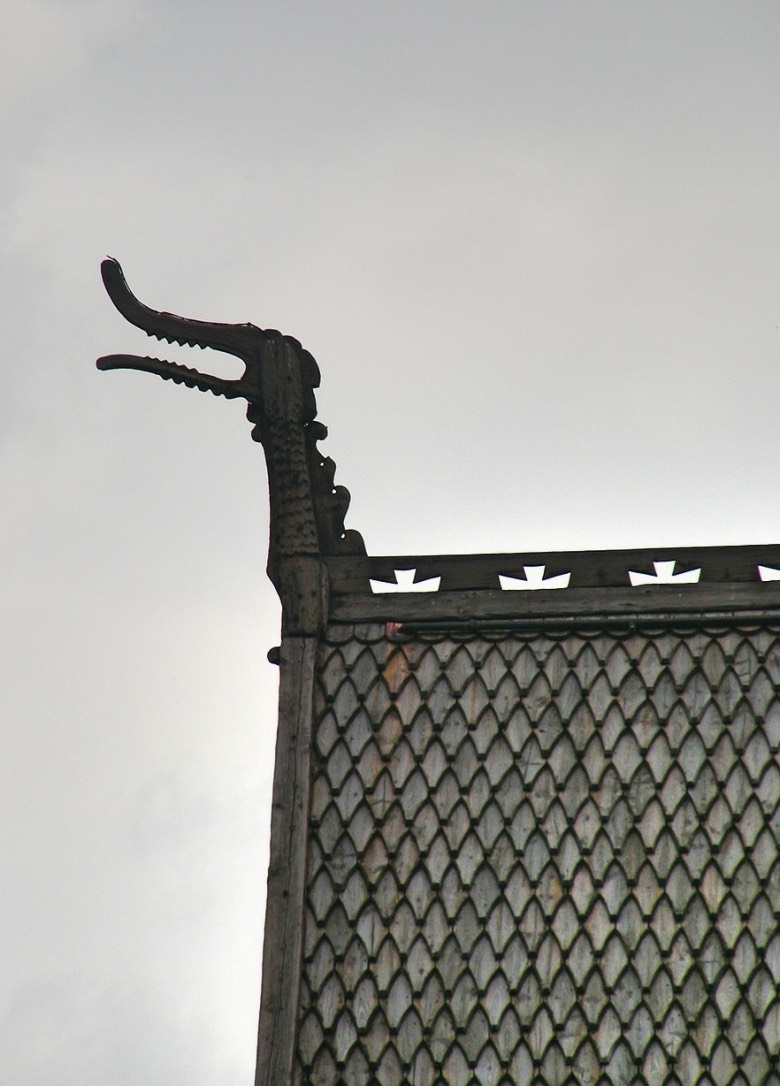
Although Christianity became the primary religion, many Norwegians held on to both religions for some time – just in case the whole Christianity thing didn’t take root.
The slow transition can be seen in the history of Norway's spectacular stave churches. Some of the oldest display clear mythological symbolism such as dragon heads, while the layout of the churches is believed to have mimicked old Pagan temples.
Today, Norway offers a wealth of way to experience Viking history, culture, and lifestyle. Here are three of suggestions to get you started.
The Viking Ship Museum
If you’re heading to the Nation’s capital of Oslo, check out the Viking Ship Museum which boasts an incredible collection of ships and boats, tools, and household items, and other finds from Viking tombs found around the Oslo area.
It's located on the Bygdøy peninsular, which is also home to a handful of other museums. Many tourists find it convenient to plan a day exploring the cultural delights on offer here.
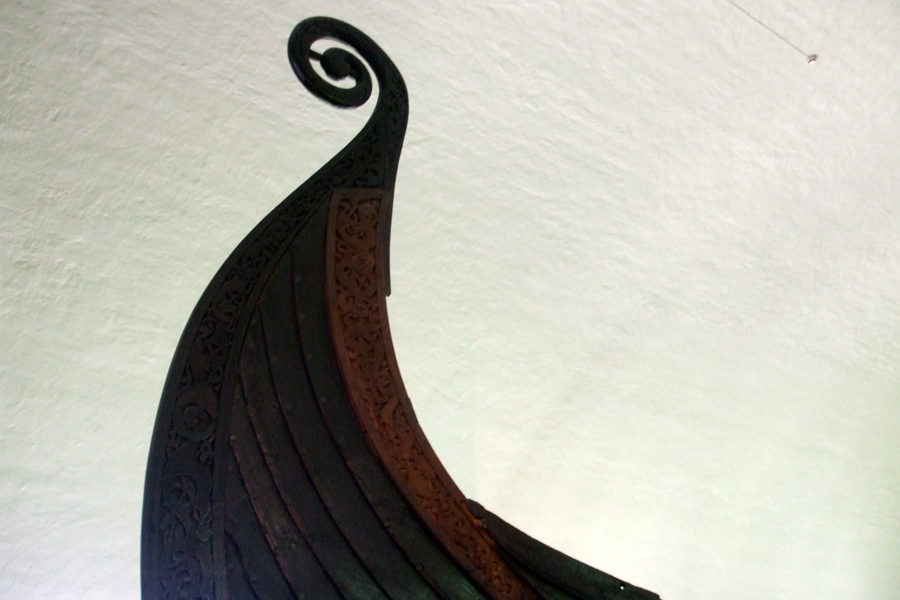
Stiklestad Museum
About an hour north of Trondheim lies Stiklestad, where Olav Haraldsson lost his battle. There also happens to be an excellent museum here dedicated to Viking history.
During the month of July, Stiklestad hosts their Olsokdagene: a festival full of re-enactments, story-telling, food, markets, and so much more that will pull you back in time and make you feel like a true Viking.
The museum also has contemporary exhibits to get a taste of life in Norway in the past century.
The Viking Farm at Avaldsnes
Another opportunity to travel back to the time of Vikings lays right in-between Stavanger and Bergen at Avaldsnes, just outside Haugesund, where Olav Tryggvason drowned a group of wizards.
This farm shows you how the everyday Viking lived. During the summer you can explore Viking buildings, or better yet, rent the longhouse to have your own Viking feast!
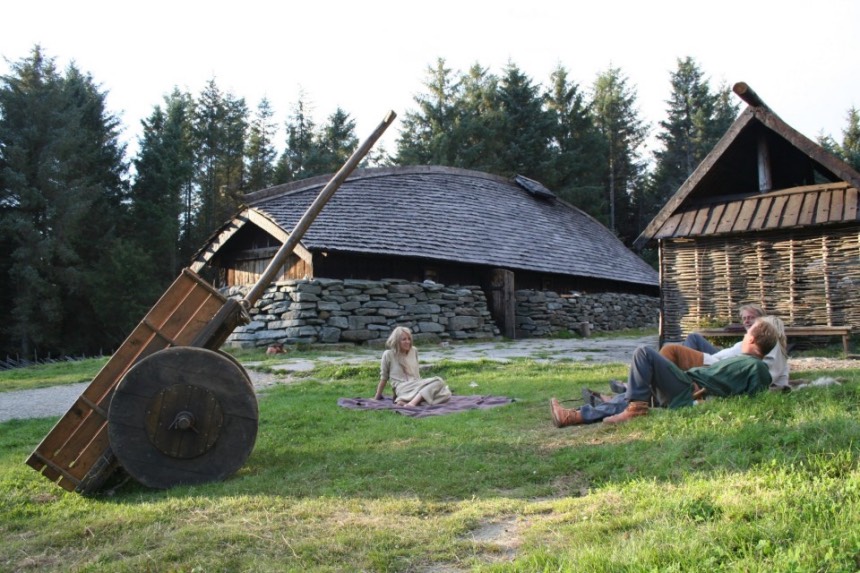
The Viking Farm was built as part of an experimental research programme in co-operation with Stavanger's Archaeological Museum.
The aim of the project is to gain new knowledge about prehistoric building techniques, how different tools were used, how timber was prepared, and which materials our forefathers may have used.
Did you enjoy this article? If so, please do us a favour and help others discover it by sharing the article on Pinterest. We've got just the pin for that:
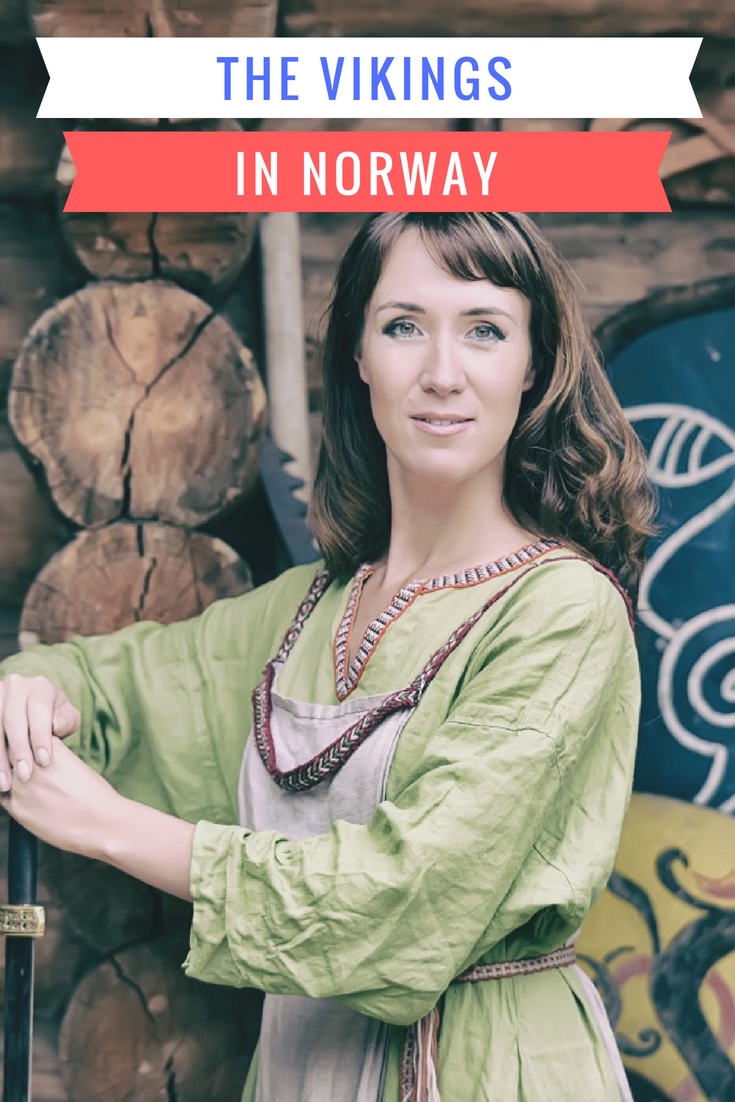

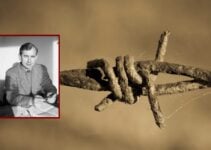



I am from the North of Germany near Haitabu, a Viking settlement. For us, the Vikings were skilled sailors and traders.
I am english my great great grandmother was from cornwall they had the name scadden, the family had always been told they were sailers.
And some went to Australia one descendent of this group was laughing happy jack scadden, west premier of perth.
After having my DNA tested turns out my mothers around 10% Norwegian and we have dna relative’s in Iceland and Norway,
Its now known vikings settled in this part of cornwall and joined with the local people to fight against the king. The scadden family’s name is traced back to around date 900 to 1000 in this area the tip of cornwall.
No other explanation in any of the other family names explains the dna in both my self and my mother. We must be the descendents of these settled Vikings of cornwall..
Interesting article read. Although they’re not called Viking. They were old Norse people. Norse is not Norge. Norge’s were Norwegian. Norse were all of them. Runes was the writing and only saw into Christianity in a big was towards the late 10th century. So I heard.
I am sure that there is a lot of stories about how the Vikings became Christian. The Danish story, (the one who factually makes sense to me) is the Story of Harald Bluetooth or Harald Blåtand as we call him.
He was a Danish King who conquered Norway from 979-981 he did it in very few years.
The Story of the Scandinavian Christianity is about a priest called Poppo and the king of only Denmark at that time Harald Bluetooth (year 965), Poppo travaled far to get to Harald, and when he got there, Harald said that it was not enough for poppo to show him the bible her read something from it. Harald wanted to know how committed he was to his gods/god, he asked poppo if he wanted to prove his gods, poppo instantly said yes. Harald used a torture method called Iron Burden or jernbyrde in danish. it is basicly just a Very Vey hot gauntlet made of iron that poppo had to put on his hands and walk around with, he then did it, and when poppo took of the gauntlet, Harald saw that he Hand was unharmed. and that was the moment Harald Bluetooth became christian along with many parts of Denmark (and scandinavia in a whole)
Dont know if this is the Real story of how the Vikings Christianity, but this can be confirmed by many historians and old folklore from that time.